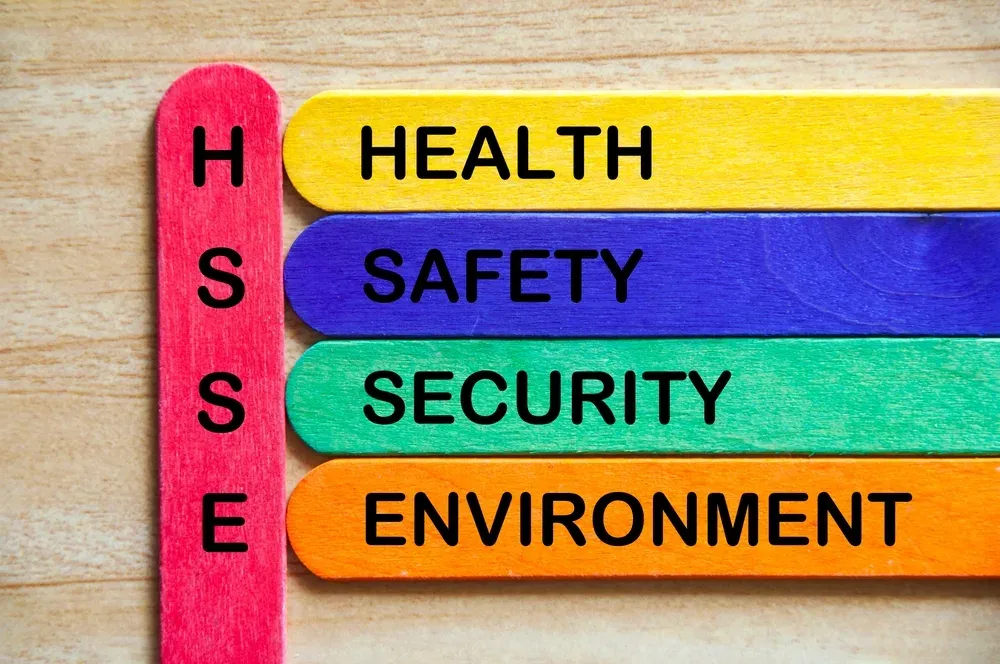Advanced Process Risk Assessment and Risk Mitigation Course
Introduction:
Health, Safety, and Environmental Management Systems involve not only the management, response, and review of incidents but also the proactive monitoring of organizational performance to prevent such occurrences. A detailed risk assessment is mandatory for all activities that impact health and safety, production, asset protection, environmental preservation, and the company’s reputation.
This Advanced Process Risk Assessment and Risk Mitigation course equips participants with the necessary skills to conduct thorough risk assessments and implement effective risk management strategies within their organizations.
The course focuses on the scientific risk management of industrial processes, providing professionals with the advanced techniques and strategic methods essential for ensuring health, safety, and environmental protection, as well as safeguarding the organization's image.
Objectives:
At the end of this Advanced Process Risk Assessment and Risk Mitigation course, participants will be able to:
- Differentiate between a hazard, a risk, and a risk assessment.
- Analyze and interpret various categories of risk.
- Apply advanced risk assessment techniques for the process industry.
- Develop and implement risk reduction action plans.
- Recognize the role of human error in accident causation.
- Utilize advanced methods for conducting thorough incident analysis.
Training Methodology:
- Small group work
- Interactive practical sessions
- Behavioral exercises
- Case study practice
- Workshop problem-solving activities
- Peer feedback and review
Course Outline:
Unit 1: Advanced Risk Assessment Techniques: HAZOP
- Importance of hazard identification and analysis in engineering practices.
- Overview of HAZOP and its methods for hazard analysis and management.
- Team activity: HAZOP application on batch and continuous processes.
- Implementation of HAZOP within a risk management system.
- Challenges of using existing HAZOP software packages.
Unit 2: The Role of Quantified Risk Assessment 'QRA'
- Systematic methods for avoiding and solving risks, such as FMEA.
- Basic procedures for decision trees and Event Tree Analysis (ETA).
- Using past failure data for risk analysis.
- Fault Tree Analysis (FTA) as a tool for constructing risk assessments.
- Standard procedures for estimating ETA and FTA.
- Calculating individual and societal risk.
Unit 3: Mechanics of Fire, Explosion, and Toxic Releases
- Issues in QRA methodology, focusing on consequence analysis.
- Classification of fire hazards: Jet flame, pool fire, flash fire, BLEVE, combustion.
- Classification of explosion hazards: VCE, UVCE, pressure bursts, dust explosions.
- Vulnerability analysis.
- Commercial systems for modeling liquid releases, fires, explosions, and toxic agent releases.
Unit 4: Advanced Incident Investigation Techniques
- Major contributors to human error in accidents.
- Management effectiveness and root cause analysis for incident restoration.
- The historical evolution of accident investigation.
- Identifying latent failures and core causes of incidents.
- Key root-cause analysis methods.
Unit 5: Ending the Blaming Culture by Building a Positive Safety Culture
- Understanding safety culture and its significance.
- Tools and strategies for enhancing safety culture.
- Tools for evaluating safety culture changes within an organization.
- The role of institutional safety culture in the HSE management system.


















